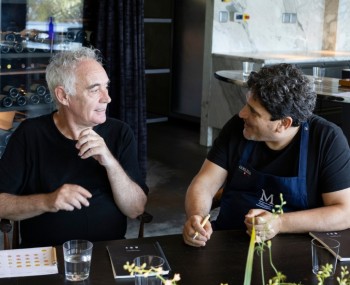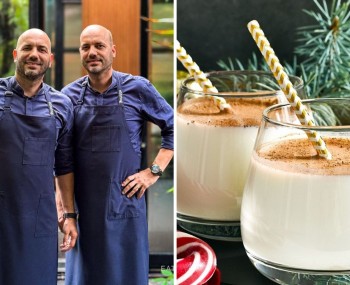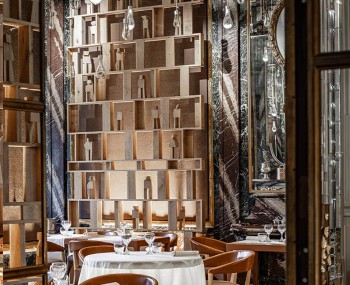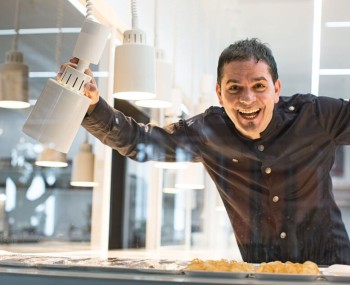There are at least thirty types of sushi in Japanese cuisine, all requiring a different approach. Nigiri and maki, for example, are brought to the mouth with your hands, unlike other less "clean" and compact types.
The opinion
Japanese cuisine, as we all know, is a highly formalized ritual. Many of us, however, struggle in restaurants when faced with a sushi composition. We might wonder, for example: is sushi to be eaten with chopsticks, as many videos on Tiktok show, or with bare hands? Spanish newspaper La Vanguardia asked two people from the trade: Albert Raurich, owner of the starred Asian cuisine restaurant Dos Palillos, and Roger Ortuño, founder of the blog Comer Japonés.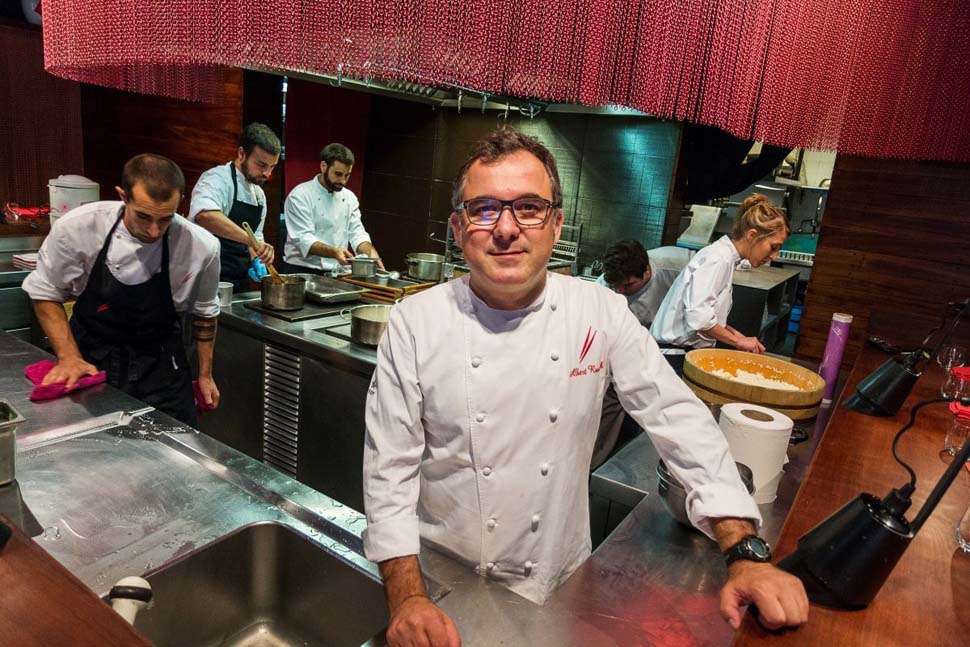 Albert Raurich
Albert Raurich
According to Raurich, there’s only one answer: with your hands. "I know this because my wife, who is from Japan. It used to be casual, kiosk food before it was turned into something gourmet." In his restaurant, guests are explained how it is the finger pressure that holds the rice ball together, contrary to what happens with chopsticks. "Sushi rolls are little jewels. Rice is pressed just enough to be grasped with your hands, and to then melt once they enter your mouth."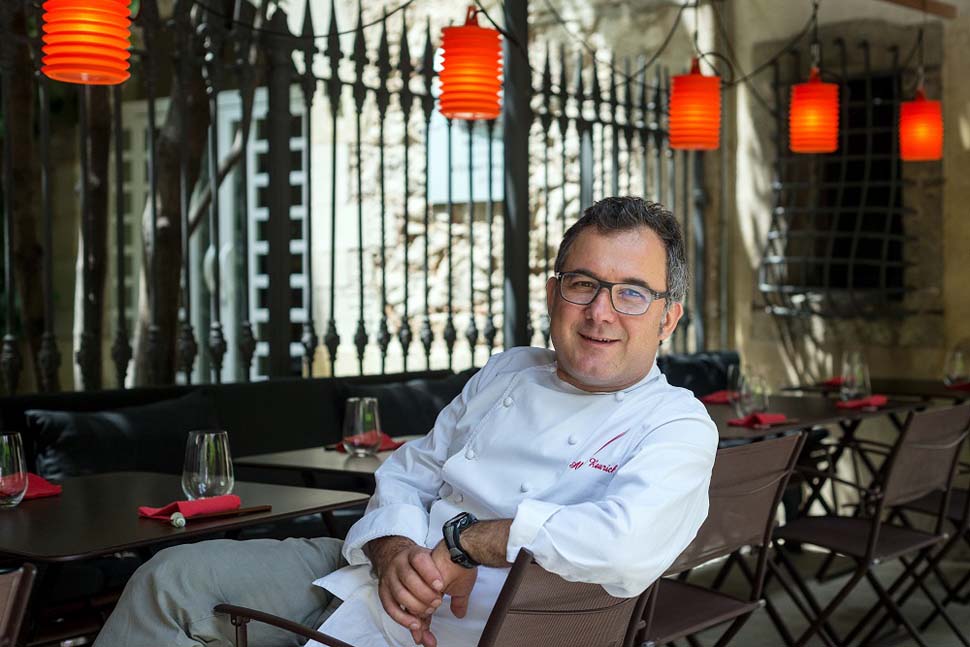
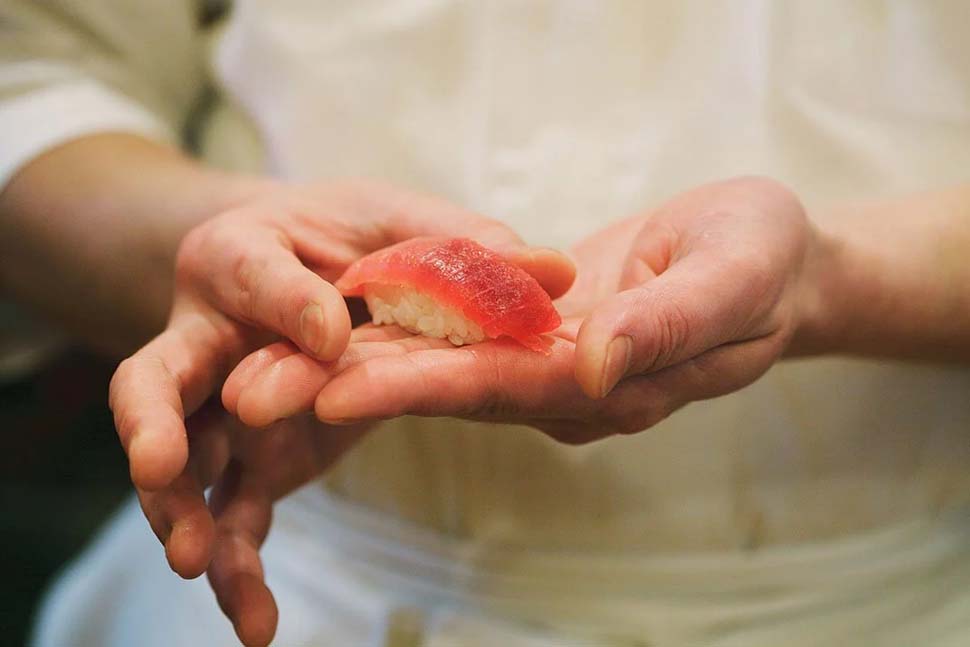 © Yosuke Tanaka-Aflo-Corbis
© Yosuke Tanaka-Aflo-Corbis
Ortuño, on his part, is less trenchant: "It is not improper to eat sushi with your hands, as well as with chopsticks. It can be done either way." As a matter of fact, temaki, a roll wrapped in seaweed, is brought to the customer over the counter by hand, and apparently tekkamaki, which resembles it, was invented specifically to be eaten during card games. There is certainly no need for cutlery, as all the ingredients are cut and assembled in the kitchen.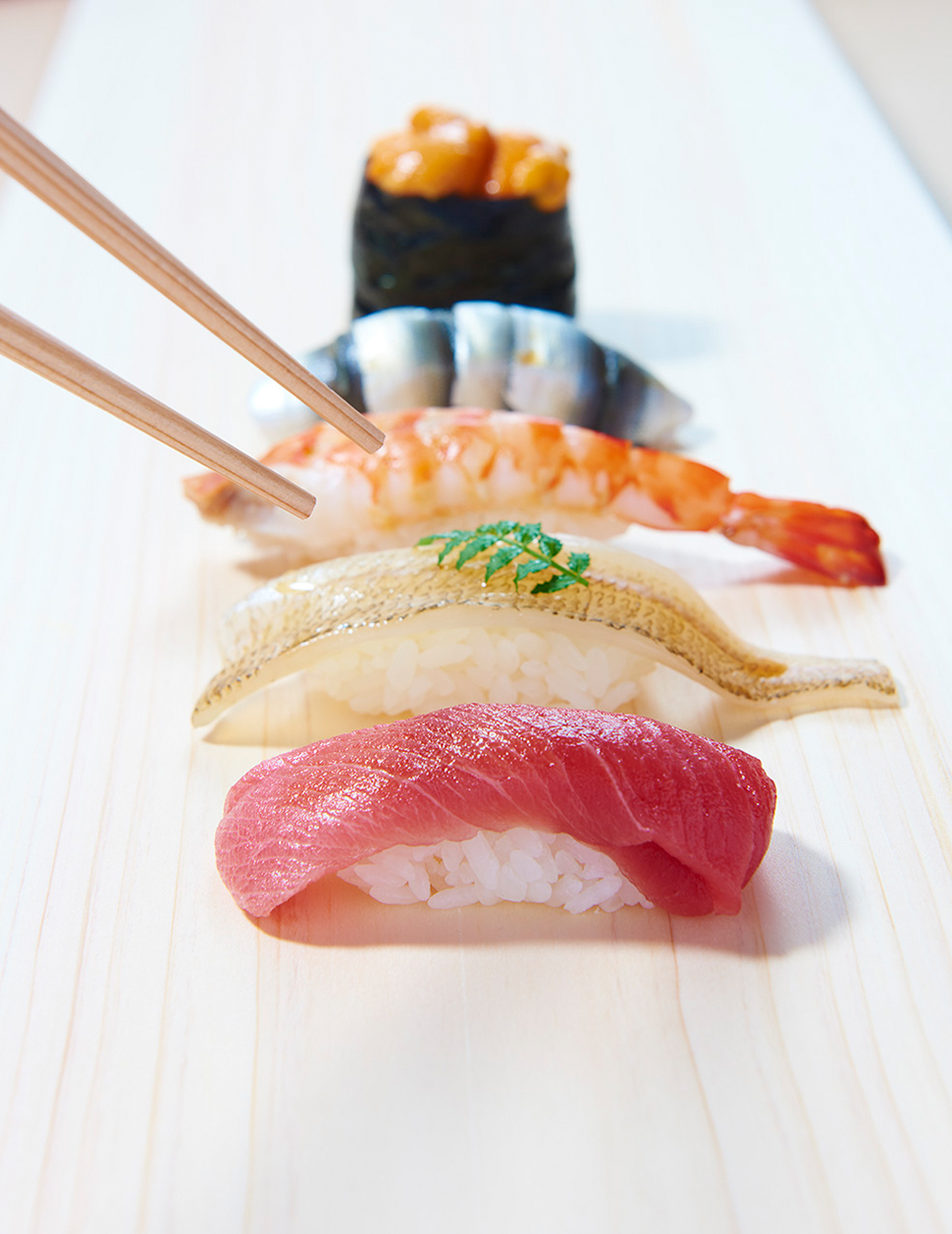
“One must understand the context. Sushi is such a vast world; some things can be eaten with chopsticks and some things cannot.” More specifically, Raurich points out, eating by hand is the norm for nigiri and maki. "There are up to thirty kinds of sushi, and by that, I mean the format, not the ingredients." Ortuño reminds us how the basic elements of sushi are seasoned rice (shari) and what comes with it (nata). Chirashizuchi, for example, which is spread over a bowl, must be eaten with chopsticks.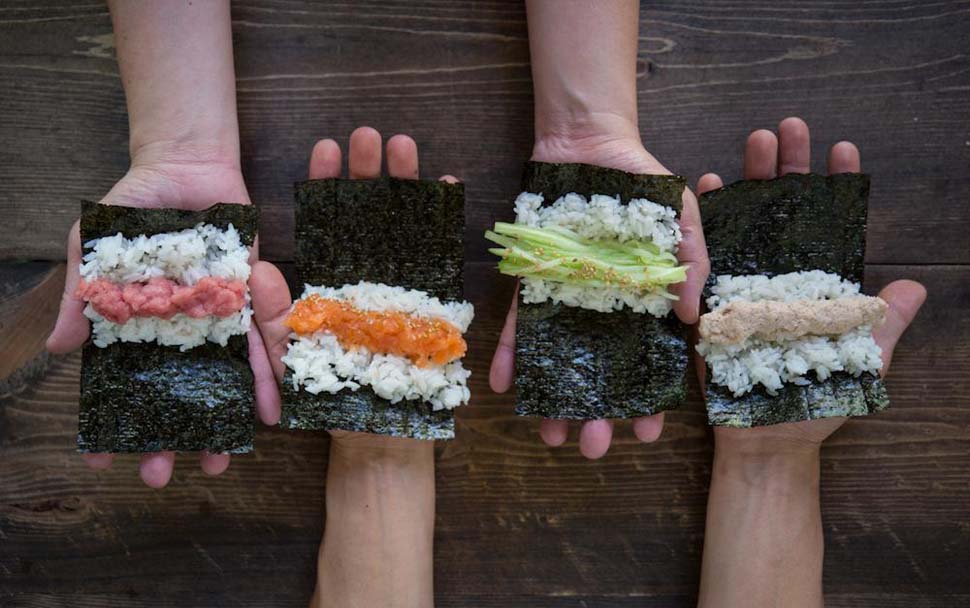
In short, if you are in a Japanese restaurant and they bring you chopsticks, it is probably with other courses in mind, such as sashimi or soup ingredients, which in any case are to be sipped directly from the bowl. There are rules when using chopsticks: they are never to be sucked or stuck into foods, but only to be used to bring food into your mouth. To take small amounts of shared ingredients, such as wasabi, it is then advisable to use the chopsticks’ back end.
Source: La Vanguardia
Find the article here

